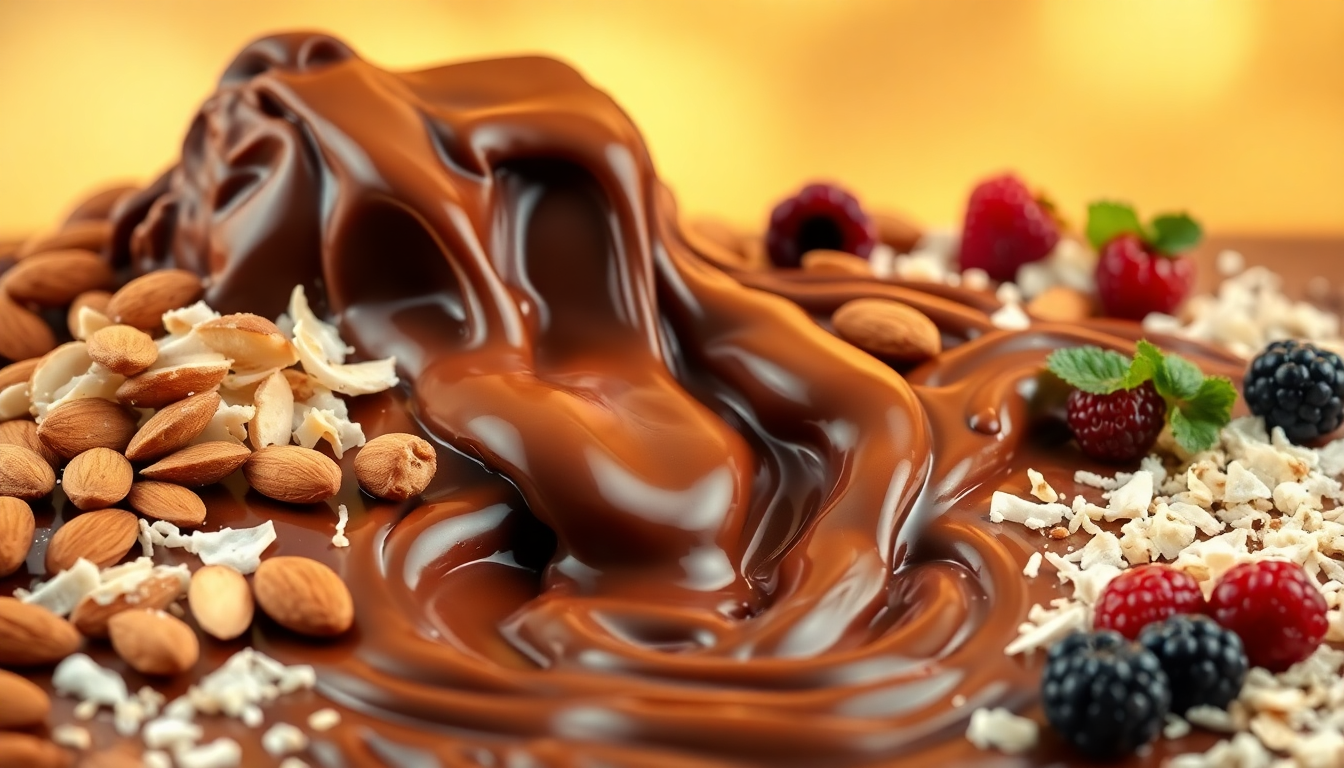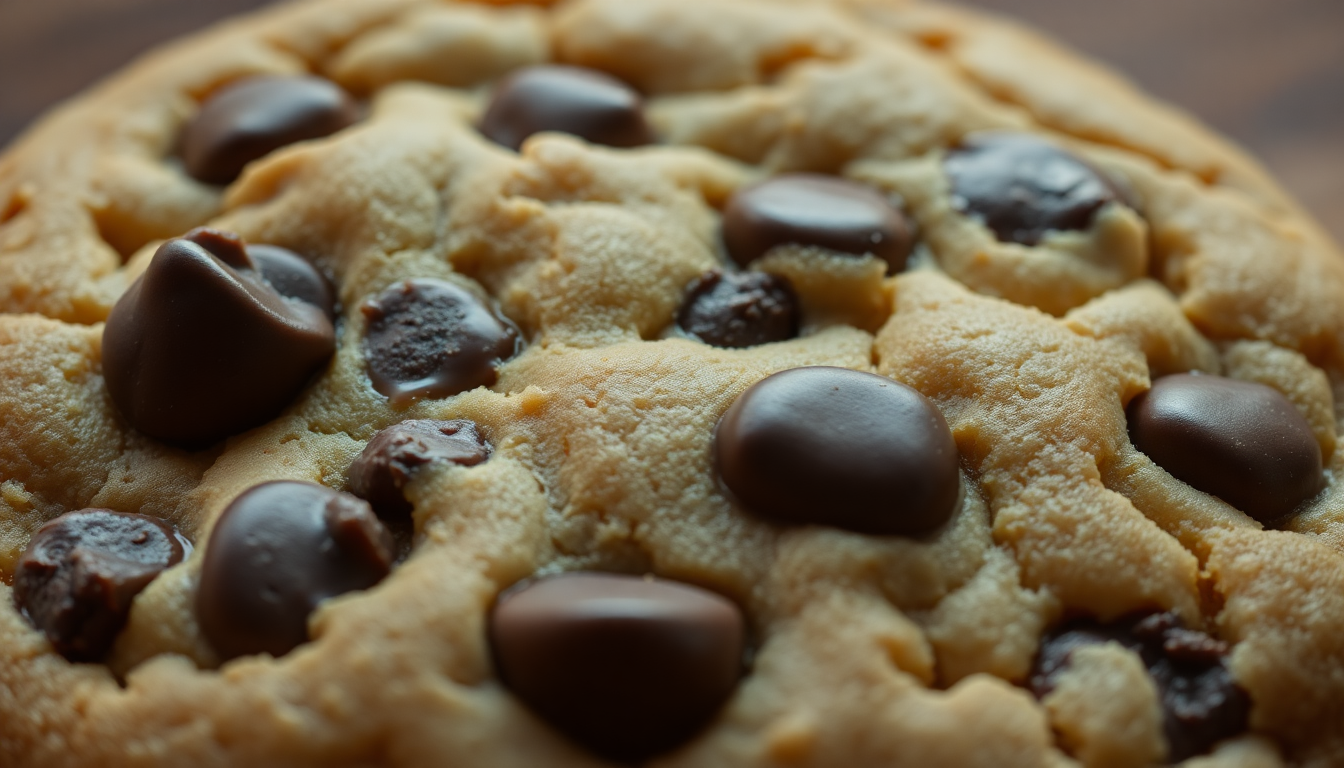
Is Milk Chocolate Gluten Free? A Complete Guide for Gluten-Sensitive Consumers
Is Milk Chocolate Gluten Free? A Complete Guide for Gluten-Sensitive Consumers
For those with celiac disease, non-celiac gluten sensitivity, or anyone following a gluten-free diet, navigating food choices can be challenging. Chocolate is often a go-to treat, but is milk chocolate specifically safe to consume on a gluten-free diet? Let's explore this question comprehensively.
The Short Answer: Pure Milk Chocolate Is Naturally Gluten-Free
In its purest form, milk chocolate does not contain gluten. The basic ingredients in standard milk chocolate are:
- Cocoa solids (from cocoa beans)
- Cocoa butter
- Sugar
- Milk solids/milk powder
- Vanilla (sometimes)
- Lecithin (usually soy-based, as an emulsifier)
None of these fundamental ingredients contain gluten, which is a protein found in wheat, barley, rye, and sometimes oats due to cross-contamination. However, this doesn't mean all milk chocolate products on the market are safe for those avoiding gluten.
When Milk Chocolate May Contain Gluten
Despite the naturally gluten-free ingredients in pure milk chocolate, there are several ways gluten can find its way into commercial milk chocolate products:
1. Added Ingredients
Many milk chocolate products contain additional ingredients beyond the basics, some of which may contain gluten:
- Barley malt extract or flavoring: Sometimes used as a sweetener or flavor enhancer
- Cookie pieces: Often contain wheat flour
- Wafer inclusions: Typically made with wheat flour
- Cereal pieces: May contain barley, wheat, or other gluten-containing grains
- Certain flavorings: Some artificial or natural flavorings may contain gluten
- Thickeners or stabilizers: Some may be derived from wheat
2. Cross-Contamination Risks
Even when milk chocolate doesn't contain gluten ingredients, it may be exposed to gluten during manufacturing:
- Shared equipment: Chocolate produced on the same machinery as products containing gluten (like chocolate-covered pretzels or cookies)
- Shared facilities: Chocolate manufactured in facilities that also process wheat and other gluten-containing ingredients
- Processing aids: Materials used in processing that might contain gluten
3. International Variations
Different countries have different manufacturing practices and ingredient standards:
- Some countries may use different additives or processing aids
- Labeling requirements vary by region
- The same brand may have different formulations in different countries
Reading Milk Chocolate Labels for Gluten
If you're avoiding gluten, knowing how to read chocolate labels is essential:
Look for Gluten-Free Certification
The most reliable way to ensure milk chocolate is gluten-free is to look for products with gluten-free certification from recognized organizations:
- Gluten-Free Certification Organization (GFCO): Products certified by GFCO contain less than 10 ppm (parts per million) of gluten
- NSF Certified Gluten-Free: Products contain less than 15 ppm
- The Celiac Support Association (CSA): Recognition requires less than 5 ppm—the strictest standard
Check Ingredient Lists Carefully
Always read the complete ingredient list, looking for:
- Obvious gluten sources (wheat, barley, rye, malt)
- Vague terms like "natural flavors," "modified food starch," or "hydrolyzed protein"
- Ingredients highlighted in bold (many manufacturers emphasize allergens)
Understand Advisory Statements
Pay attention to statements like:
- "Contains wheat" (mandatory in the US if wheat is present)
- "May contain traces of wheat/gluten"
- "Manufactured on equipment that also processes wheat products"
These indicate potential cross-contamination that could be problematic for those with celiac disease.
Popular Milk Chocolate Brands and Their Gluten Status
Here's a breakdown of gluten information for some popular milk chocolate brands (note that formulations can change, so always check current packaging):
Generally Considered Gluten-Free
These brands offer milk chocolate options that are typically gluten-free, though specific product varieties may differ:
- Hershey's: Plain milk chocolate bars are generally considered gluten-free
- Dove/Galaxy: Most plain milk chocolate products are gluten-free
- Endangered Species: Offers certified gluten-free milk chocolate options
- Ghirardelli: Many milk chocolate varieties are made without gluten ingredients (though they note potential for cross-contamination)
- Lindt: Classic milk chocolate bars are typically gluten-free (but not certified)
- Scharffen Berger: Most milk chocolate products are made without gluten ingredients
May Contain Gluten or Have Cross-Contamination Risks
These brands either use gluten ingredients in some products or have acknowledged cross-contamination concerns:
- Cadbury: Some varieties contain gluten, and others may have cross-contamination
- Nestlé: Some products contain gluten, and manufacturing practices may present cross-contamination risks
- Godiva: The company has stated that people with gluten allergies should not consume their products due to cross-contamination risks
- Toblerone: Some varieties contain barley malt
Certified Gluten-Free Milk Chocolate Options
For those with high sensitivity or celiac disease, these brands offer certified gluten-free milk chocolate:
- Enjoy Life: All products are certified gluten-free and free from major allergens
- Pascha: Offers certified organic, gluten-free chocolate
- Equal Exchange: Many products are certified gluten-free
- No Whey: Specializes in allergen-free chocolates, including certified gluten-free options
- Taza Chocolate: Offers certified gluten-free options
Beyond the Label: Additional Considerations
Severity of Your Gluten Sensitivity
Your personal level of gluten sensitivity should guide your chocolate choices:
- Celiac disease: Choose certified gluten-free products only, as even minute amounts of gluten can cause damage
- Non-celiac gluten sensitivity: You may have more flexibility depending on your tolerance level
- Mild sensitivity or preference: You might tolerate chocolates with "may contain" warnings
Contacting Manufacturers
When in doubt about a chocolate product:
- Contact the manufacturer directly
- Ask specific questions about dedicated equipment and facilities
- Inquire about testing protocols for gluten
- Find out if formulations have changed recently
Special Occasions and Gifts
Be extra cautious with:
- Seasonal or limited-edition chocolates, which may have different formulations
- Assorted chocolate boxes, where some pieces may contain gluten
- Gourmet or artisanal chocolates, which may not have clear labeling
- Chocolates received as gifts, where packaging may not be available to check
Homemade Alternatives
If you're concerned about finding safe commercial options, consider making your own milk chocolate treats:
- Start with certified gluten-free chocolate
- Add your own mix-ins that you know are safe
- Control the environment to prevent cross-contamination
- Create custom flavors tailored to your preferences
The Bottom Line
Pure milk chocolate is naturally gluten-free, but commercial products may contain gluten either as an added ingredient or through cross-contamination. For those with celiac disease or severe gluten sensitivity, the safest approach is to choose certified gluten-free chocolate products or contact manufacturers directly for detailed information.
By carefully reading labels, understanding potential risks, and knowing which brands to trust, you can enjoy milk chocolate safely as part of your gluten-free lifestyle. Remember that formulations can change over time, so it's a good practice to re-check labels periodically, even for products you've previously determined to be safe.



Leave a comment
This site is protected by hCaptcha and the hCaptcha Privacy Policy and Terms of Service apply.